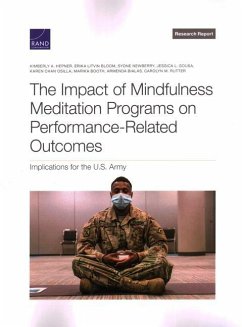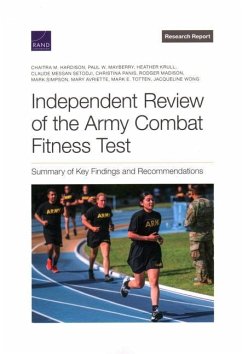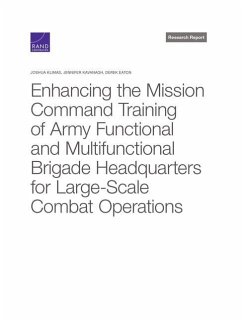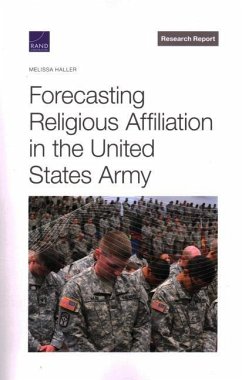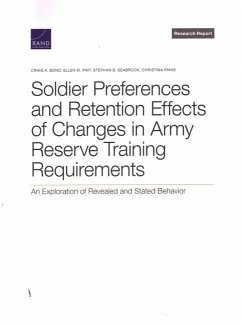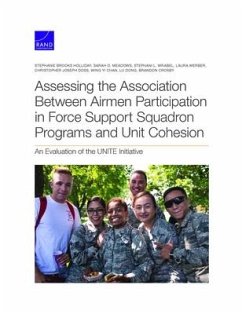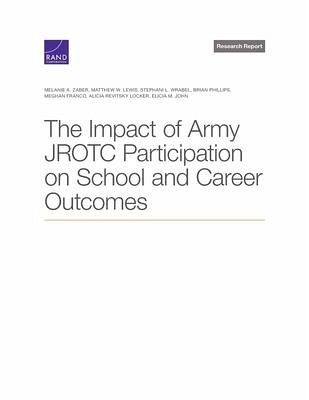
The Impact of Army Jrotc Participation on School and Career Outcomes
Versandkostenfrei!
Versandfertig in über 4 Wochen
41,99 €
inkl. MwSt.

PAYBACK Punkte
21 °P sammeln!
To understand the relationship between participating in the U.S. Army Junior Reserve Officers' Training Corps (AJROTC) program and longer-term outcomes, the authors analyzed longitudinal student data and Army service member records.





